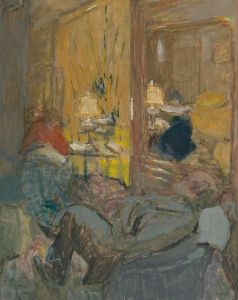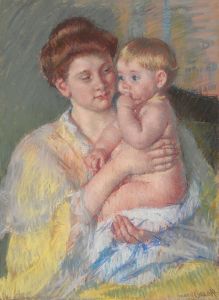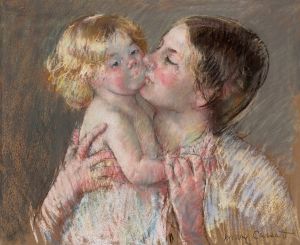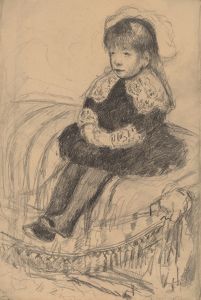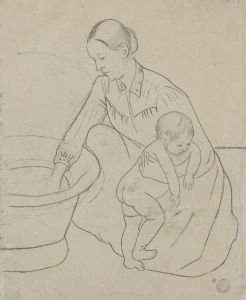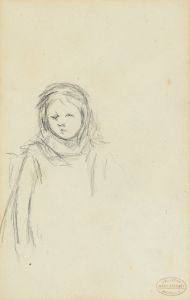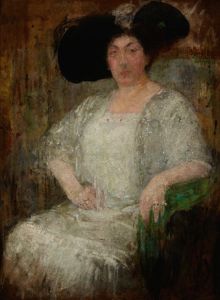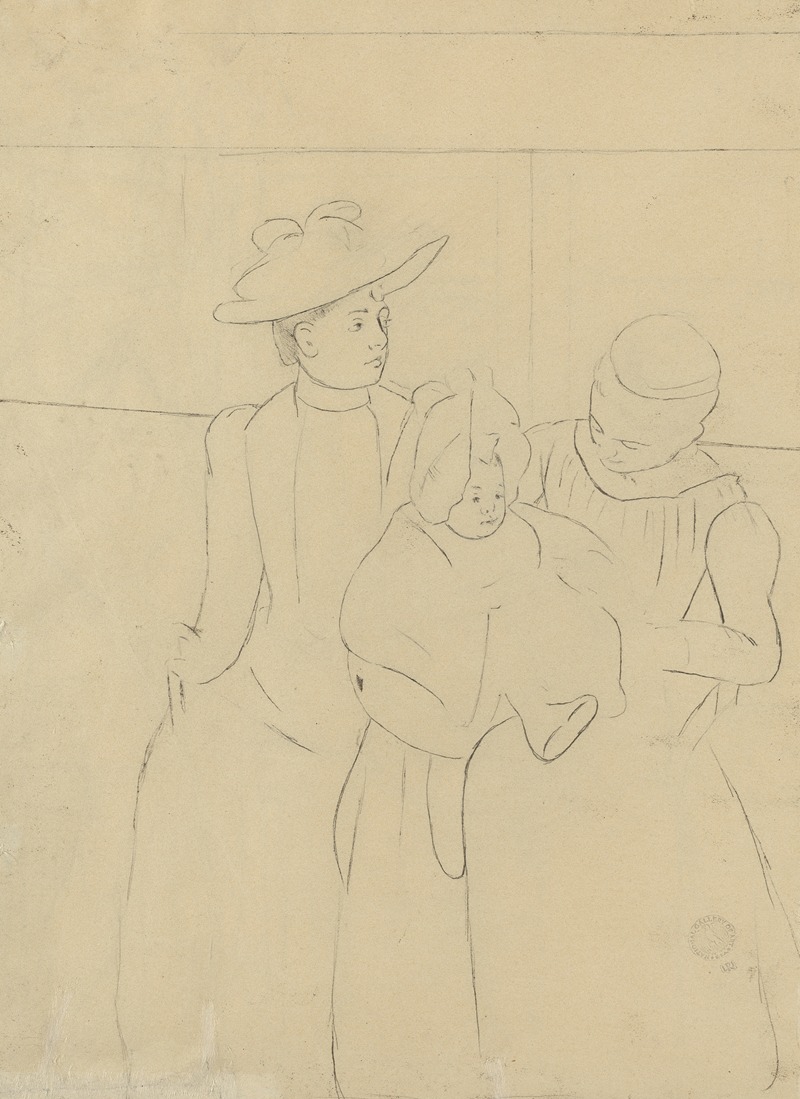
In the Omnibus
A hand-painted replica of Mary Cassatt’s masterpiece In the Omnibus, meticulously crafted by professional artists to capture the true essence of the original. Each piece is created with museum-quality canvas and rare mineral pigments, carefully painted by experienced artists with delicate brushstrokes and rich, layered colors to perfectly recreate the texture of the original artwork. Unlike machine-printed reproductions, this hand-painted version brings the painting to life, infused with the artist’s emotions and skill in every stroke. Whether for personal collection or home decoration, it instantly elevates the artistic atmosphere of any space.
Mary Cassatt's painting "In the Omnibus" is a notable work by the American Impressionist artist, who is renowned for her depictions of the social and private lives of women, with a particular emphasis on the intimate bonds between mothers and children. Cassatt, born in 1844 in Allegheny City, Pennsylvania, spent much of her adult life in France, where she became an integral part of the Impressionist movement.
"In the Omnibus" was created during a period when Cassatt was deeply engaged with the Impressionist group, having exhibited with them in several of their shows. The painting reflects her keen interest in capturing contemporary life and the changing roles of women in society. The omnibus, a form of public transportation that became popular in the 19th century, serves as a setting that underscores the theme of modernity and mobility.
The painting depicts a scene inside an omnibus, where a woman and a child are seated. Cassatt's use of the omnibus as a setting is significant as it represents the increasing presence of women in public spaces during this era. The composition is intimate, focusing on the interaction between the figures, which is a hallmark of Cassatt's work. Her brushwork and use of color are characteristic of the Impressionist style, with loose, expressive strokes and a palette that captures the light and atmosphere of the scene.
Cassatt's technique in "In the Omnibus" demonstrates her mastery of capturing the subtleties of human expression and the nuances of everyday life. The figures are rendered with a sense of immediacy and spontaneity, inviting the viewer to engage with the scene as if they are part of it. The painting also reflects Cassatt's interest in Japanese prints, which influenced her compositional choices and use of space.
"In the Omnibus" is part of Cassatt's broader exploration of the theme of women and children, a subject she returned to repeatedly throughout her career. Her work often highlights the quiet moments of connection and care, offering a window into the private worlds of her subjects. This focus on the domestic and the personal was both a reflection of her own experiences and a commentary on the evolving roles of women in society.
Mary Cassatt's contribution to the Impressionist movement and her focus on the lives of women have earned her a significant place in art history. Her works continue to be celebrated for their technical skill, emotional depth, and insightful portrayal of the human experience. "In the Omnibus" remains an important example of her ability to capture the essence of modern life and the intimate moments that define it.






